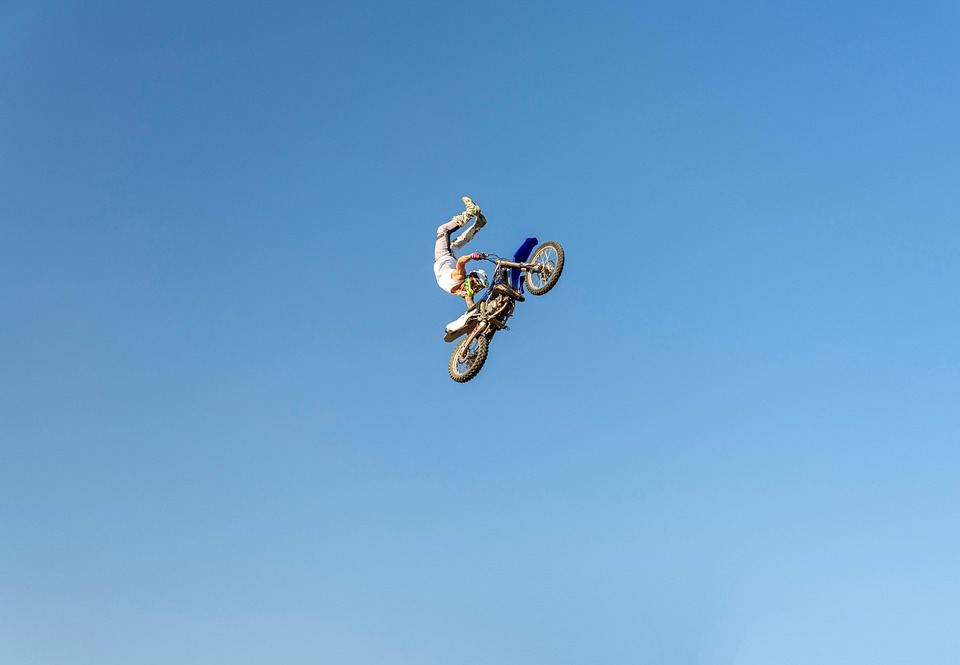From Pressure to Power: Managing Stress in Competitive Sports
In the high-stakes arena of competitive sports, the pressure to perform can be overwhelming. Athletes frequently face high expectations from coaches, fans, and themselves, leading to increased stress and anxiety. However, the key to success lies not in eliminating this pressure but in managing it effectively. This article explores the dynamics of stress in competitive sports and offers practical strategies for transforming pressure into power.
Understanding Stress in Sports
Stress is a natural response to challenging situations, especially in the world of competitive athletics. It can manifest in various forms—physical symptoms such as increased heart rate, mental challenges like self-doubt, and emotional reactions such as anxiety. Recognizing these symptoms is the first step toward managing them effectively.
Types of Stress
-
Eustress: This is the positive form of stress that can motivate athletes, enhancing focus and performance. Eustress is often felt during training or competitions when excitement and adrenaline are at their peak.
- Distress: In contrast, distress refers to the negative aspect of stress, which can lead to burnout, decreased performance, and mental health issues. Identifying triggers of distress is crucial for athletes seeking to convert pressure into an advantage.
The Impact of Stress on Performance
When managed appropriately, stress can enhance athletic performance. However, excessive stress can lead to catastrophic outcomes, including poor performance, injuries, and mental health challenges. Athletes often report feelings of dread, panic attacks, or severe anxiety when faced with intense pressure, significantly impacting their ability to perform at their best.
The Competitive Edge
Interestingly, many elite athletes thrive under pressure. They utilize stress as a competitive edge, honing their focus, determination, and resilience. For instance, renowned athletes like Serena Williams and Michael Jordan have often spoken about performing best when the stakes are highest. Their ability to embrace pressure and channel it into performance sets them apart from their peers.
Strategies for Managing Stress
1. Mental Preparation
-
Visualization: Athletes can practice mental imagery, envisioning their success in high-pressure situations. This technique fosters familiarity and confidence, making it easier for them to perform under duress.
- Positive Affirmations: Cultivating a positive mindset through affirmations can help athletes replace negative thoughts with constructive ones and thereby boost their self-esteem.
2. Breathing Techniques
Calm breathing exercises can significantly reduce anxiety. Techniques like diaphragmatic breathing or the 4-7-8 method help mitigate physiological stress responses, allowing for improved focus and performance.
3. Routine and Rituals
Establishing a pre-competition routine can provide a sense of control. Whether it involves specific warm-up exercises, dietary habits, or mental routines, consistency can lessen anxiety by creating a predictable environment within which athletes can operate.
4. Physical Conditioning
Regular physical activity is a natural stress reliever. Engaging in conditioning exercises outside of competition enhances physical resilience, helping athletes cope better under pressure.
5. Seeking Support
Athletes should not hesitate to seek support from coaches, sports psychologists, or peers. Open discussions about stress can foster a supportive environment, normalizing the challenges often faced in competitive athletics.
6. Mindfulness and Relaxation Techniques
Practicing mindfulness through meditation, yoga, or relaxation techniques helps athletes become more aware of their thoughts and emotions, leading to better stress management. These practices encourage athletes to stay present and focused, reducing the potential for anxiety.
The Role of Coaching
Coaches play a significant role in managing stress within a team dynamic. Encouraging open communication, fostering a culture of support, and providing constructive feedback can alleviate stress significantly. Coaches can help athletes recognize their strengths and potential, transforming perceived pressure into motivation.
By creating an atmosphere where athletes feel comfortable discussing their stressors, coaches can assist in alleviating the burden of pressure so often felt in competitive sports.
Conclusion
The path from pressure to power in competitive sports involves a nuanced understanding of stress and its impact. By adopting effective management strategies—including mental preparation, breathing techniques, and support systems—athletes can transform stress into a driving force for success. Instead of shying away from pressure, the most successful athletes learn to embrace it, allowing it to propel them to new heights.
Ultimately, thriving under pressure and harnessing the power of stress is not just about winning competitions; it’s about personal growth, resilience, and achieving greatness in all aspects of life. Embracing stress, understanding it, and using it as a tool for performance can make all the difference between an athlete who merely competes and one who excels.


























Add Comment